Nobel Prize-eschewing poet and folk-rock music legend Bob Dylan might have been the first person to be known as “going electric” (at the Newport Folk Festival in 1965), but as with much of his oeuvre, the world is now following in his footsteps. Now it is imperative that as many people, industries, businesses, and buildings as possible go electric—that is, stop using carbon-emitting fossil fuels like oil, gas, and especially coal for power—as soon as possible in order to reach the reduction in carbon emissions necessary to maintain inhabitability of the planet.
As described elsewhere in this issue of New England Condominium, buildings—especially large buildings—are among the world’s biggest users and emitters of carbon, and therefore have some of the biggest changes to make to achieve needed reductions. For multifamily residential buildings, many of these changes come with both huge price tags and major disruptions for residents and staff, without a definitive roadmap for funding or execution.
It’s not entirely bleak, however. Some less onerous modifications and everyday behavioral changes can go a long way for condos, co-ops, and HOAs ready to make a dent in their carbon footprint—not to mention create a cleaner, more appealing environment for their residents, add to their property value, and save them money on utilities and supplies. Here are a few examples that should be imminently doable for most households and communities all over the country.
Take Time to Unplug
Perhaps the simplest suggestion is just not to use so much power. Until our nation’s grid runs entirely on renewable energy sources like sun, wind, and water, everything that is plugged into an outlet is using energy that comes from an Earth-ruining fossil fuel. And with our increasing dependence on electric devices in the home—everything from kitchen appliances to work-at-home stations to all of the gadgets that provide our audio-visual entertainment and communication—chances are that there are a lot of occupied outlets connected to things that aren’t even in use. The U.S. Department of Energy (DOE) estimates that 5% to 10% of a typical American household’s annual energy bill is from electrical appliances consuming energy on stand-by, even when powered off. Unplugging these devices when not in use can save a household $250 or more a year on utility expenses, and can reduce their building’s total energy emissions as well.
Not only that, but the fewer plugged-in and/or powered-on devices in a home, the lower the ambient indoor temperature will be, which decreases the need for AC on warmer days—providing even more energy and dollar savings and fewer emissions. And trust us: your psyche will benefit from those unplugged moments, too.
Make the Switch
Sorry, Thomas Edison, but LED bulbs might be the best thing to happen to lighting since incandescents replaced gas lighting at the turn of the last century. Although they’ve only been widely commercially available for about 20 years, LEDs—or light-emitting diodes—have improved significantly in that time in both cost and quality of illumination. Their versatility and longevity have only increased their utility and application. And because LEDs are about 75% more energy efficient than incandescent bulbs and emit one-tenth of the heat of compact fluorescent lamps, or CFLs, replacement can reduce costs while limiting carbon emissions—all while providing a more comfortable and flexible lighting solution.
“Cost savings [with a switch to LEDs] can be substantial, both in the electric bills and in the replacement costs,” says Tim Schaake, sales engineer for USA LED, a national provider of LED lighting solutions based in Southbury, Connecticut. “LEDs use only a fraction of the energy of an incandescent or even a CFL and will last 25% longer without the wasted heat of either an incandescent or a CFL.” In terms of building-wide replacements for a multifamily association or corporation, “when you talk about common spaces that must be lit continuously, and that take time and manpower to constantly change bulbs, that somewhat minor change can amount to major savings for a co-op or condo,” he continues.
Use Smart Technology
Forward-thinking boards and property professionals are taking advantage of new innovations in smart proptech: the technology solutions that properties can use to run and manage everything from access to laundry equipment to HVAC systems in a tailored and efficient way. These technologies are generally easy to install, simple to use, and offer nearly immediate ROI.
John Sokolowski, director of building operations for AKAM Management based in New York, has implemented some of these apps and systems at properties his company manages in New York and Florida. “There are many new or improved technologies and tools out there,” he says. “For instance, we recently partnered with Logical Buildings, which offers software that is integrated with Con Edison’s smart meters and helps track and reduce emissions. Logical Buildings specifically works in tandem with the smart meters, which track energy usage in 15-minute intervals. There is no additional hardware required to utilize it. In this case, you can just download the app on your phone, create your account, which you can then connect to your Con Ed account, and everything will aggregate into the app. It allows resident managers and boards to access their own energy usage and carbon emission data like never before, and also gives us a better understanding of what we need to do to avoid energy usage-related issues like blackouts and brownouts.” Sokolowski notes that Logical Buildings offers training on its product for resident managers.
Stu Fox of Maplewood, New Jersey, is director of sales for Enviro Power, a climate technology company headquartered in Connecticut that helps homeowners and businesses in the tri-state area and beyond to replace aging heating equipment with their advanced solutions that help lower utility bills and achieve energy independence. At the CooperatorEvents New Jersey Expo 2023, he displayed the company’s SmartWatt Boiler, billed as “a boiler with a power plant inside,” which Enviro Power recently installed at the 74-unit Cambridge House cooperative in Riverdale in the Bronx—the first co-op building to tap the technology, according to Fox.
“The SmartWatt Boiler is a drop-in replacement for the hot water portion of a conventional heating system,” he says. “With this technology, Cambridge House will be able to generate clean energy at close to 100% efficiency, while reducing carbon emissions and helping the building meet the goals set forth by New York City’s Local Law 97.” Not only that, “the SmartWatt Boiler will lower energy costs and provide over 50% of the power to the building’s common areas,” according to Fox.
Sokolowski adds: “There are also computer-based control systems—Building Management Systems, or BMSs—that can manage various subsystems in buildings, including lighting, HVAC, and more. They provide a centralized way to effectively control and monitor key systems within a property, which in turn helps improve operations and reduce costs. Essentially, anything that has a motor can be made more efficient, and there are also various rebates available that properties can take advantage of to make these upgrades.”
Green the Greenery
In more sprawling properties with copious grounds, updating landscaping practices and products might be an easy and effective way for homeowner associations and cooperatives to support the environment.
According to Sergio Gil, owner of Gil Santos Landscaping in Park Ridge, New Jersey, “the big thing today is organics, going green. Condo owners are getting away from chemicals, especially where pets are involved. The big change has been relative to trees. We no longer treat trees with chemicals. We also treat soil organically, using non-chemical products.”
Other areas have been slower on the uptake. In Pompano Beach, Florida, Joshua Eibeschitz, business development manager of Dias Brothers Landscape Services, reports that “we don’t get many eco-friendly requests from HOAs and condos for green products in lawn care. Typically, HOA boards and associations are looking to save money, so they use what’s cheaper, [but] cheap fertilizer may affect the root structure of your trees. I believe what you save now, you end up spending later.”
Eibeschitz notes that Dias Brothers is still proactive about its environmental practices regardless of client demand. “About 90% of what we use isn’t environmentally harmful anyway,” he says. “Whether it’s the chemicals we use or how we apply them, we are more aware, all the way down to our equipment. The machines we use now have lower emissions. A lot is driven by government rules, but we’re using fuel-injected lawn mowers and chainsaws. Overall, there’s more technology. You can’t be just some guy with a pick-up truck to cut grass anymore.”
Raise the Roof
Buildings or communities without extensive grounds have many options for environmental improvements up on the roof, according to Daniel Weinbach, RLA, ASLA, principal of Daniel Weinbach & Partners, Ltd., a landscape architect based in Chicago. “One of the most significant things [in environmental improvements] is the increasing popularity of amenity roof decks, where there are numerous ways to incorporate products and systems that help the environment,” he says. “Collecting or rerouting rainwater, acting as insulation on a rooftop, growing edible plants and vegetables” are but some examples Weinbach offers.
Additionally, “rain gardens, bioswales, and permeable pavers are all methods for reducing the influx of storm water into traditional sewer systems, so that instead of putting in catch basins and a sewer system, you can handle storm water through natural means. The water is then stored in the ecosystem, instead of running into the storm system,” which Weinbach says has city-wide benefits. “It helps to prevent the rapid rush of storm water into the sewers and it reduces the heat island effect.”
Not only that, “the insulation will provide energy savings,” by keeping the building cooler in summer and warmer in winter. “Bioswales and permeable pavers can pay for themselves over time,” adds Weinbach, “because the water savings will begin immediately. Green roofs probably have a 10- to 20- year return.”
It’s Easy Being Green!
Regardless of structure, location, budget, or resident population, any co-op, condo, or HOA can find relatively easy ways to reduce its carbon footprint and help the environment. Making these modifications also benefits residents and owners in cost savings, quality of life, and overall property value. While there still may be bigger changes that need to be made down the line, it is up to all of us to do whatever we can as soon as we can to collectively protect this planet we all call home. We hope your association or cooperative will get started today.
Darcey Gerstein is Associate Editor and a Staff Writer for New England Condominium.



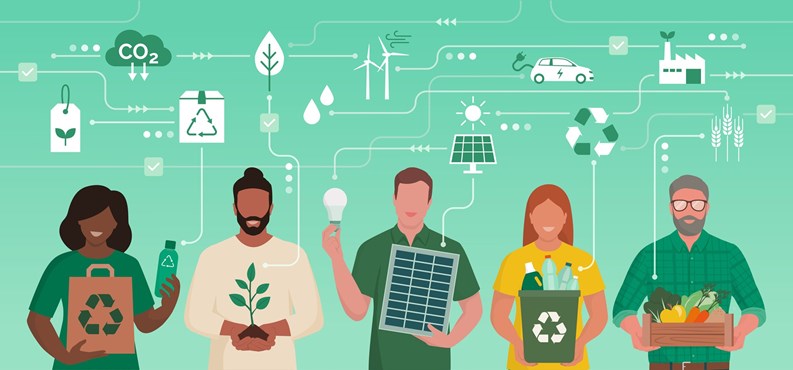
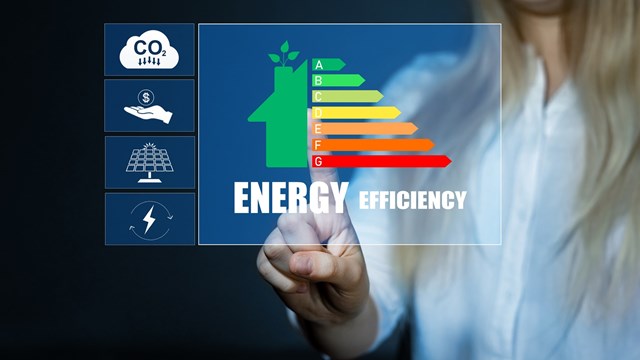
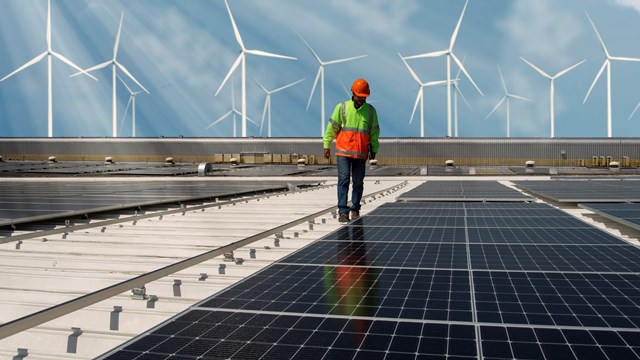
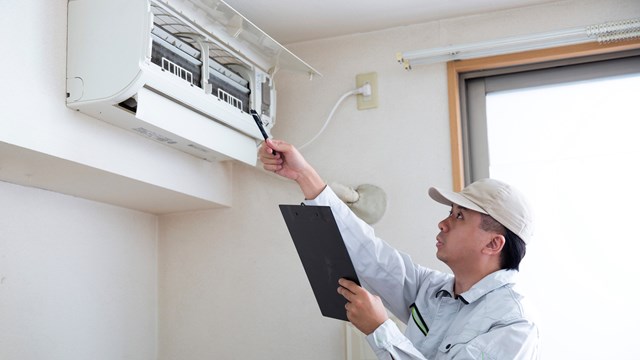


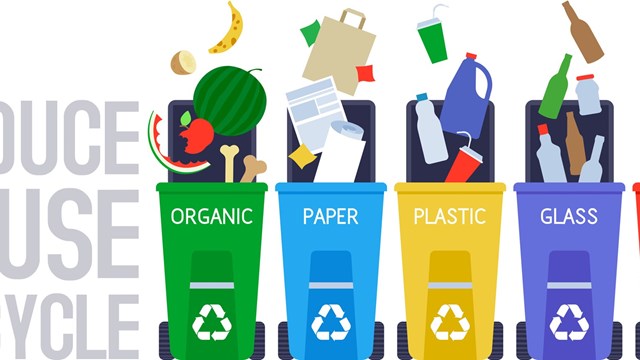
Leave a Comment